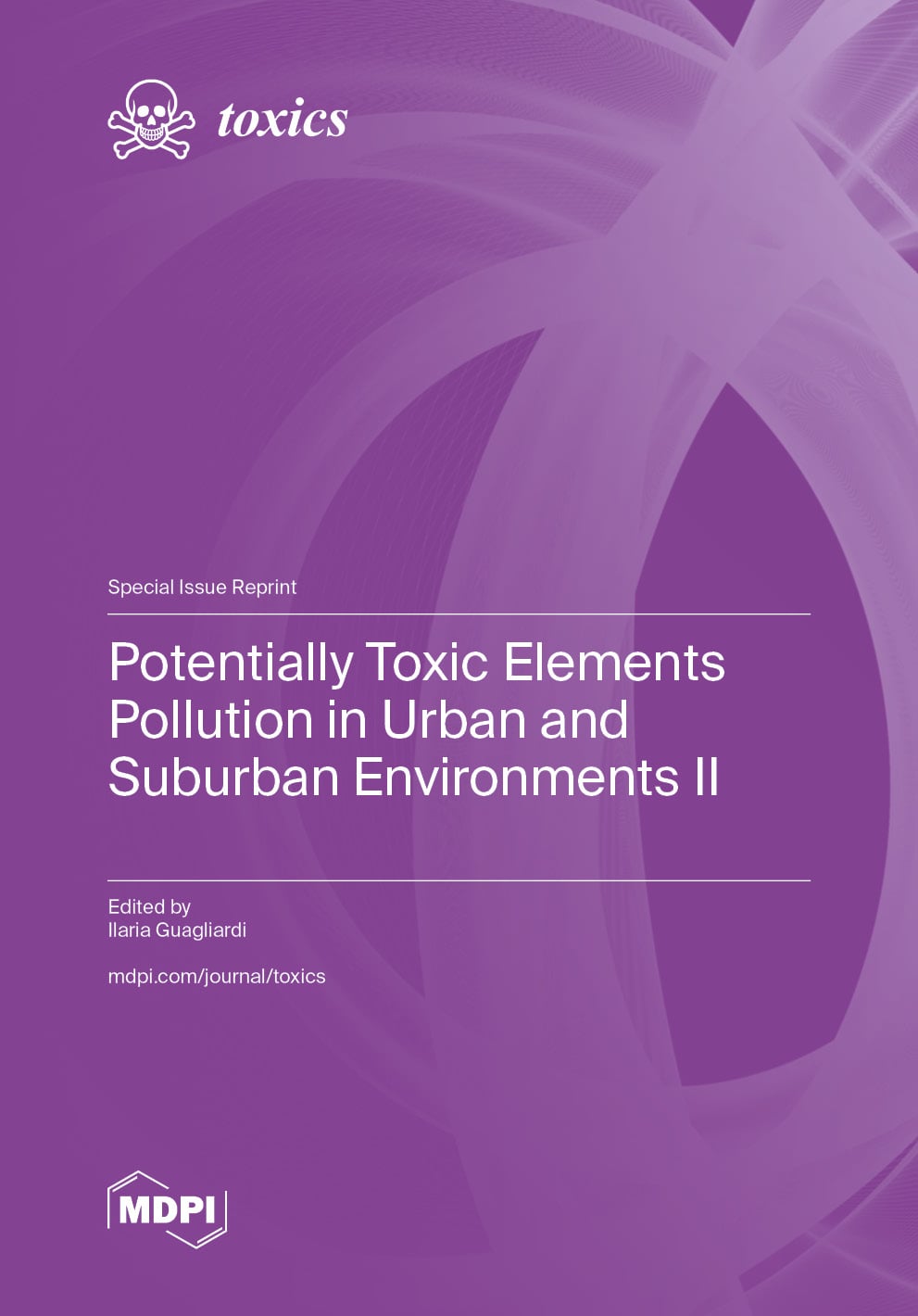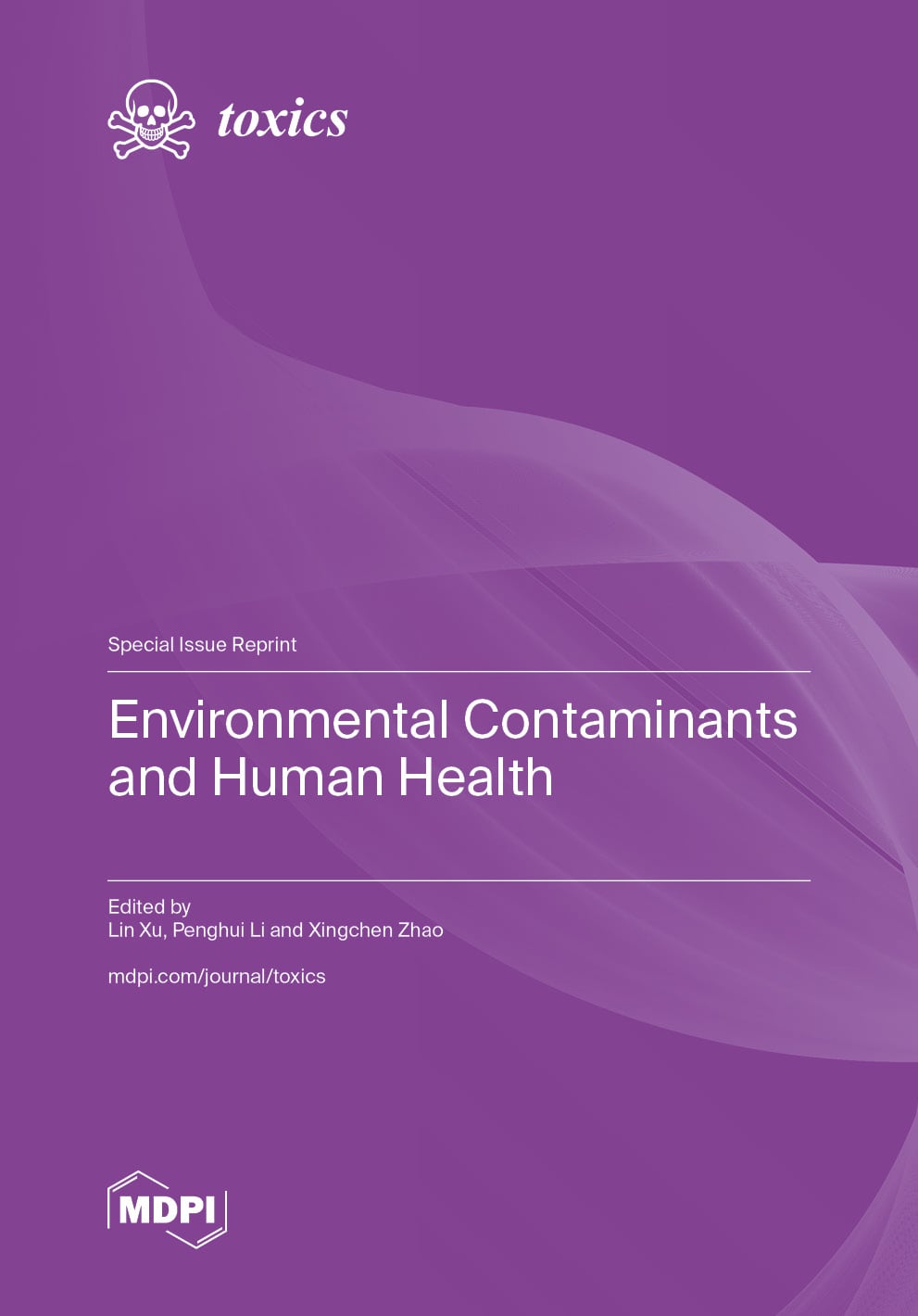- 4.1Impact Factor
- 6.4CiteScore
- 19 daysTime to First Decision
Toxics
Toxics is an international, peer-reviewed, open access journal on all aspects of the toxic chemicals and materials, published monthly online by MDPI.
Indexed in PubMed | Quartile Ranking JCR - Q1 (Toxicology)



